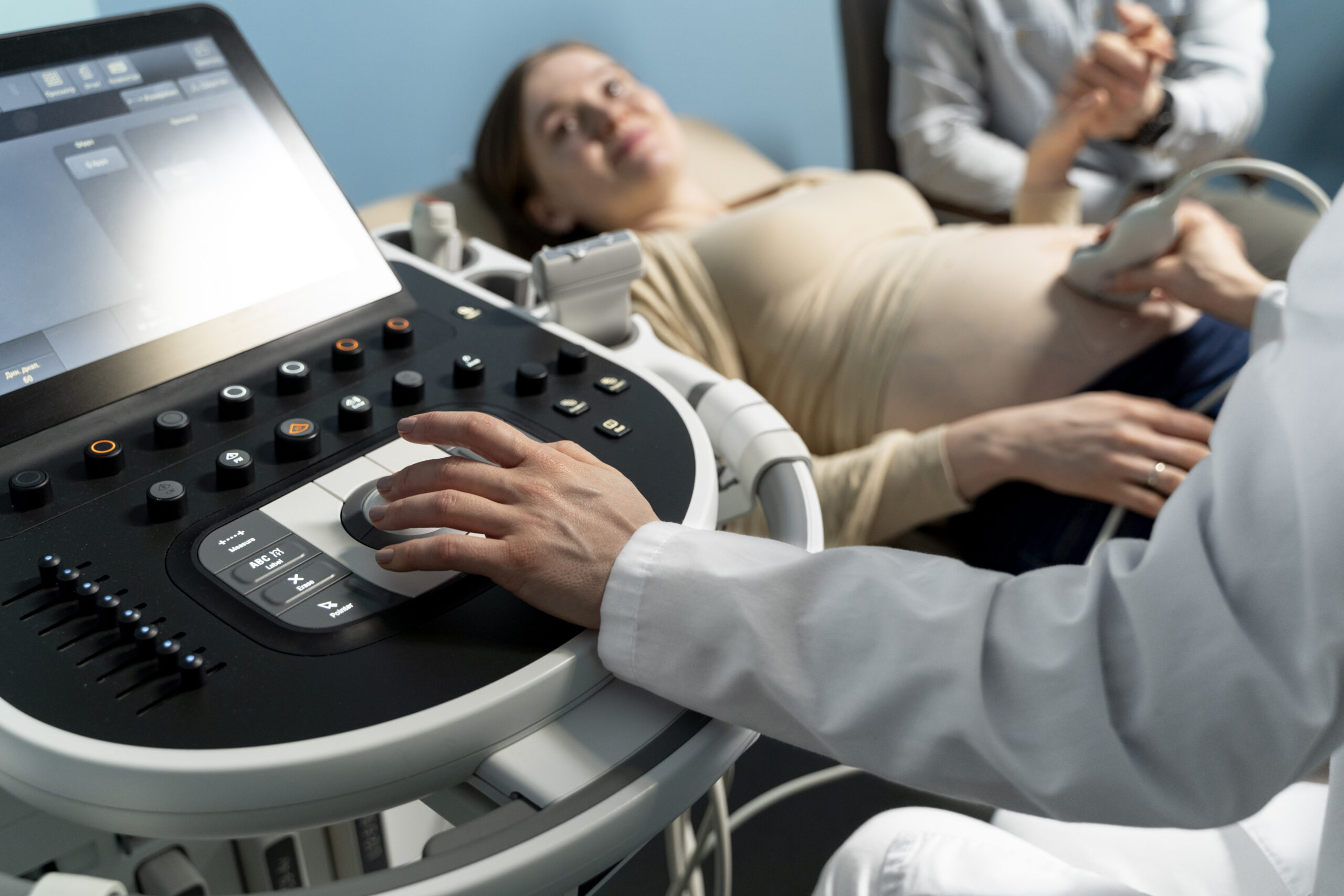Crafting a blueprint to look after your health can be as complex as designing your dream home. Each person’s requirements and considerations are wonderfully unique, and navigating this labyrinth can be difficult without the proper guidance. So, what if there were a non-invasive investigative tool to help you uncover hidden health issues and allow you to address them proactively? Welcome to the world of ultrasound screening tests. This tool has revolutionized healthcare and the detection of potential health challenges. In today’s post, I’ll take you on a tour de force around the world of ultrasound screening tests, discussing their benefits, examining their limitations, and essentially guiding you in making an informed decision about your health.
Just as one may ponder whether to go for a minimalistic style or bohemian interior decor, decisions on health screening tests can be equally challenging. So, why use ultrasound tests? When should these tests be used? What limitations should you be aware of? How can you manage these limitations? Let’s delve in to understand these probing questions.
Step inside this comprehensive guide as we voyage through the art and science of ultrasound screening, exploring its beautiful constructs and acknowledging its limitations, much like appreciating the contrast between a modern and rustic home design.
The Science Behind Ultrasound Screening
Ultrasound screening tests are the equivalent of an architect’s site visit: they allow doctors to scan a patient’s internal organs and systems without any surgical intrusion. The method involves transmitting high-frequency sound waves, unnoticeable to the human ear, through the body tissues; these waves bounce off internal structures creating echoes, subsequently captured and converted into a visual image.
This imaging tool has become a trusted companion for medical practitioners, aiding them in diagnosing a wide array of conditions. However, like any structure’s blueprint, the images given by ultrasound depend on the skill of the operator – accuracy is pivotal for effective analysis and diagnosis.
When and Why Should You Resort to Ultrasound Screening?
Ultrasounds are often associated with pregnancy, where they have indeed become an essential tool in monitoring the growing life inside the womb. However, they offer far more comprehensive services. They can detect abnormalities in the heart, liver, and other internal organs, guide doctors in conducting biopsies, and assist greatly in the preparation of surgical procedures.
The primary reason for their widespread use is their non-invasive nature. They create images without the need for radiation or invasive procedures, making them universally accepted as a safe screening method.
Benefits: The Remodeling Power of Ultrasound Screening
Remember the warm, satisfied feeling when a well-placed art piece pulls together your entire room? An accurate ultrasound screening test result can offer the same relief. It can detect conditions early or rule out potential diseases. It can also avoid unnecessary invasive procedures by providing enough detailed information.
In addition, real-time imaging allows for dynamic observation, and the portability of ultrasound machines makes screening feasible in various circumstances – even in emergency and remote situations. At the end of the day, regular screenings could redesign your health narrative, turning potential problems into manageable situations.
Limitations: The Other Side of the Blueprint
However, just as a beautifully designed house can have its foundational weaknesses, ultrasounds too come with caveats. Somebody compositions limit the penetrative ability of ultrasound waves, reducing image clarity, while the overall image resolution falls short when compared to other imaging procedures like CT scans or MRIs.
It’s also worth noting, that interpretation of the images heavily rests on the skill and experience of the ultrasound technician and the physician involved.
Understanding and Managing These Limitations
Understanding these limitations is key to effective decision-making. For instance, if bones or air-filled organs need to be examined, an alternative imaging procedure might be better. Similarly, to obtain a higher resolution image for a serious condition, a more potent imaging method might be considered.
Effectively managing these restrictions not only optimizes the test’s potential but also leads in the right direction in ensuring a sound health narrative.
Conclusion
Much like the evolving tastes in home design, medical technology is constantly adapting and growing. Ultrasound screening tests, despite their limitations, have brought remarkable changes to the landscape of health care; and their benefits extend beyond the spectrum of their shortcomings. Understanding the science, benefits, and limitations can equip you with the knowledge to make an informed decision about its inclusion in your healthcare journey.
Great health, much like a well-designed home, is not built randomly; it requires thought, dedication, and timely interventions. Ultrasounds, when used appropriately, have the potential to be those vital interventions that keep your health blueprint beautifully intact. It’s a connection worth exploring, imbuing the beauty of designs within us. As always, keep navigating your health, one design at a time.




